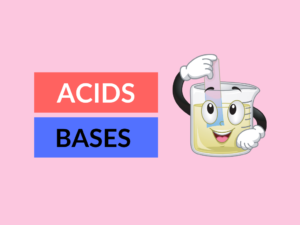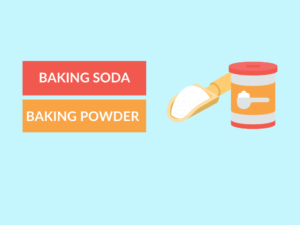Acid vs. Base Class 7: Understanding the Differences
Do you often wonder why certain substances taste sour, while others taste bitter? Or why some substances can dissolve metals, while others can clean your drains? The answers to these questions lie in the concepts of acids and bases. In this article, we will delve into the world of acids and bases and explore their characteristics, examples, uses, and the key differences between them. So let’s dive in!
What are Acids?
An acid is a chemical substance that donates hydrogen ions or proton acceptors. Acids have a pH less than 7 and taste sour. They can also corrode certain metals, change litmus paper red and have an acrid odor.
Examples of Acids
- Vinegar (acetic acid)
- Lemon juice (citric acid)
- Battery acid (sulfuric acid)
- Hydrochloric acid (stomach acid)
- Carbonic acid (found in carbonated drinks)
Uses of Acids
- Vinegar for cooking and cleaning
- Lemon juice for flavoring foods and preserving
- Sulfuric acid as an industrial chemical
- Hydrochloric acid for cleaning and pickling
- Carbonic acid for carbonation of beverages
What are Bases?
A base, also known as an alkali, is a chemical substance that accepts hydrogen ions or donates hydroxide ions. Bases have a pH greater than 7 and taste bitter. They can also feel slippery and change litmus paper blue.
Examples of Bases
- Soap
- Baking soda (sodium bicarbonate)
- Milk of magnesia (magnesium hydroxide)
- Ammonia
- Lime water (calcium hydroxide)
Uses of Bases
- Soap for cleaning and personal hygiene
- Baking soda for baking, cleaning, and deodorizing
- Milk of magnesia for indigestion relief
- Ammonia for cleaning and as a fertilizer
- Lime water for testing carbon dioxide
Differences between Acids and Bases
| Difference Area | Acid | Base |
|---|---|---|
| Taste | Sour | Bitter |
| pH | Less than 7 | Greater than 7 |
| Effect on Litmus Paper | Turns blue litmus paper red | Turns red litmus paper blue |
| Hydrogen Ion Donor or Acceptor | Donates hydrogen ions | Accepts hydrogen ions |
| Examples | Vinegar, lemon juice | Soap, baking soda |
| Corrosive Properties | Can corrode certain metals | Do not corrode metals |
| Feel | No specific feel | Slippery |
| Reaction with Acids | React with bases to form a salt and water | React with acids to form a salt and water |
| Uses | Cooking, cleaning, industrial processes | Cleaning, personal hygiene, medicine |
| Smell | Acrid odor | No particular smell |
Conclusion
In conclusion, acids and bases are fundamental concepts in chemistry. Acids are sour-tasting substances with a pH less than 7, while bases are bitter-tasting substances with a pH greater than 7. They differ in taste, pH, litmus paper effect, hydrogen ion activity, examples, corrosive properties, feel, reaction with each other, uses, and smell. Understanding the differences between acids and bases helps in various applications, from cooking and cleaning to industrial processes and medicine.
People Also Ask:
Q: Can bases also be acidic?
A: No, bases cannot be acidic as they have a pH greater than 7.
Q: Are all acids corrosive?
A: Not all acids are corrosive. Some acids, like citric acid in lemon juice, are relatively mild and not corrosive.
Q: Can acids and bases neutralize each other?
A: Yes, acids and bases can neutralize each other by forming a salt and water in a chemical reaction called neutralization.
Q: Why do acids and bases change the color of litmus paper?
A: Acids change blue litmus paper to red because they donate hydrogen ions, while bases change red litmus paper to blue because they accept hydrogen ions or donate hydroxide ions.
Q: Are acidic and basic substances harmful?
A: Some acidic and basic substances can be harmful, especially if ingested or handled improperly. It is important to follow safety guidelines and use protective measures when working with these substances.



